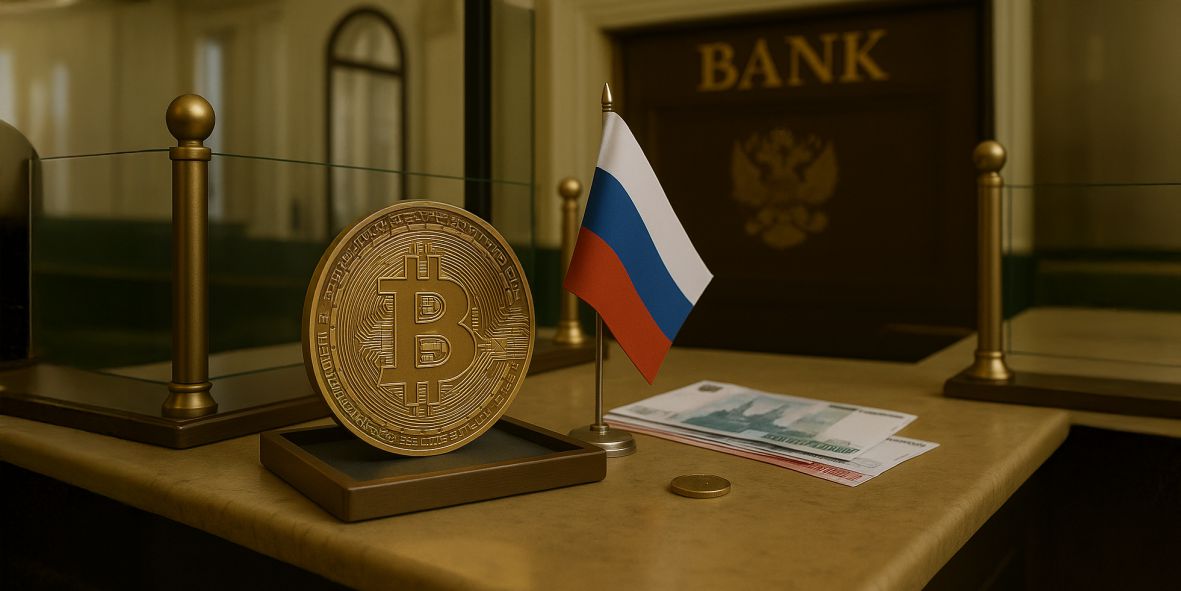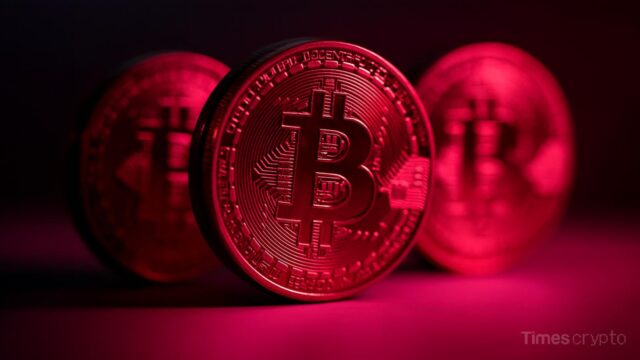Key takeaways
- The Bank of Russia now allows licensed financial institutions to offer crypto-linked financial products, but only to high-net-worth clients.
- Banks offering these products must implement strict risk controls, maintain full capital coverage, and limit individual client exposure.
- Banks like T-Bank and Sberbank have already announced plans to offer crypto-tied products. The Moscow Exchange plans to introduce Bitcoin futures in June 2025.
- A proposed “crypto sandbox” would allow selected wealthy individuals to directly trade crypto in a 3-year pilot program.
- Russian energy firms are already using crypto (Bitcoin, Ether, Tether) to settle foreign trade with China and India
- The change in regulations on crypto may help bypass sanctions by other countries and maintain trade flows outside of traditional financial systems.
In a significant shift, the Bank of Russia has opened the door to crypto-linked investments, but only for the country’s wealthiest and most financially savvy residents.
The central bank announced this week that licensed financial institutions can now offer crypto-tied products like derivatives and structured securities to high-net-worth clients. These investments won’t involve actual cryptocurrency transfers, but instead, track crypto price movements for returns.
The Bank of Russia announced the key development in a press release with a word of caution.
Banks offering these products must enforce strict risk controls, maintain full capital coverage, and cap exposure per client. The Bank of Russia emphasized that this is a cautious step towards crypto, and a formal regulatory framework is expected later this year.
Despite this move, the central bank remains firm in its anti-crypto stance for the general public. “The Bank of Russia still does not recommend financial institutions and their clients to invest directly in cryptocurrencies,” it said in a statement.
Top Banks Quick To Respond
Soon after the announcement, T-Bank (formerly Tinkoff Bank) launched digital financial assets (DFAs) linked to Bitcoin, letting clients invest using rubles via its existing platform, without navigating complex crypto exchanges.
Sberbank, Russia’s largest lender, also announced plans for structured bonds tied to crypto prices.
The Moscow Exchange is also getting into action and is planning to roll out a cash-settled Bitcoin futures contract in June 2025.
The central bank’s cautious embrace of crypto products coincides with a surge in crypto activity. Russian residents moved 7.3 trillion rubles (around $81.5 billion) into crypto assets in Q1 2025, up by 51% from the previous quarter.
Government Considers Rolling Out Crypto Sandbox
Apart from this development, the Russian government is reviewing a bold proposal from the Bank of Russia: a “crypto sandbox” that would allow select investors to buy and sell digital currencies directly. The proposed three-year pilot, called the Experimental Legal Regime (EPR), would admit only participants with over 100 million rubles in assets or annual income above 50 million rubles.
“We’re still working on the final criteria,” said Bank of Russia Governor Elvira Nabiullina, adding that government support is expected to speed up the rollout.
Crypto has already started playing a role in Russia’s foreign trade. Energy companies are increasingly using Bitcoin, Ether, and stablecoins like Tether to settle transactions with China and India. This is acting as an alternative method for converting yuan and rupees into rubles outside of Western-controlled systems.
This pivot comes as Western nations, including the US, EU, and Japan, maintain heavy sanctions on Russia, with many targeting digital assets. By threading the regulatory needle, Russia aims to develop modern digital financial tools, support its oil trade, and navigate around sanctions, without losing grip on monetary oversight.
Read More: Blum Co-Founder Vladimir Smerkis Arrested in Russia on Fraud Charges







